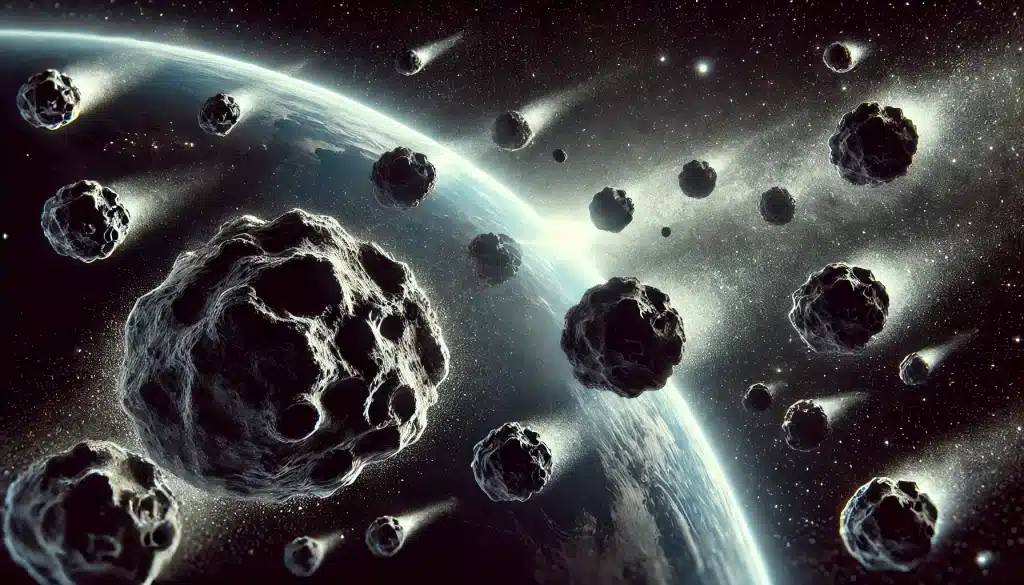A new study from the University of Michigan has revealed that Up to 60% of Near-Earth Objects (NEOs) Could Be Dark Comets. These mysterious objects, which combine characteristics of asteroids and comets, could contain ice and have brought water to Earth in the past.
Origin and characteristics of dark comets
The dark comets They are unusual because, although they do not have a dusty coma typical of comets, they sometimes show accelerations not due to gravity. These objects probably come from the asteroid belt between Jupiter and Mars, a region rich in celestial bodies.
The asteroids They are rocky, ice-free bodies that orbit close to the Sun, while the Comets are icy bodies that generate a dusty coma when the ice sublimates. Dark comets, however, exhibit a hybrid behavior, with characteristics of both types of celestial bodies.

Research on dark comets
The study, published in the journal Icaruswas led by Aster G. Taylor of the Department of Astronomy at the University of Michigan. The research participants also include Italians David Farnocchia of the Jet Propulsion Laboratory of the NASA and the California Institute of Technology, and Mark Micheli of the Neo Coordination Centre of the European Space Agency.
Scientists examined seven comets, estimating that they could constitute a significant portion of the NEOs. The largest of these comets, call 2003 RM, it seems derive from a big object ejected from the outer part of the main asteroid belt. The other six dark comets may have come from the inner portion of the belt and would be the result of the fragmentation of a large object.
The presence of ice in these comets could confirm a hypothesis formulated in the 1980s, according to which asteroids in the belt principal they might keep ice beneath their surfaces. This discovery offers new insights into the origin of water on Earth and the processes that shaped our solar system.
What do you think about this discovery? Share your opinion in the comments!
#Forest #Dark #Comets #Earth
